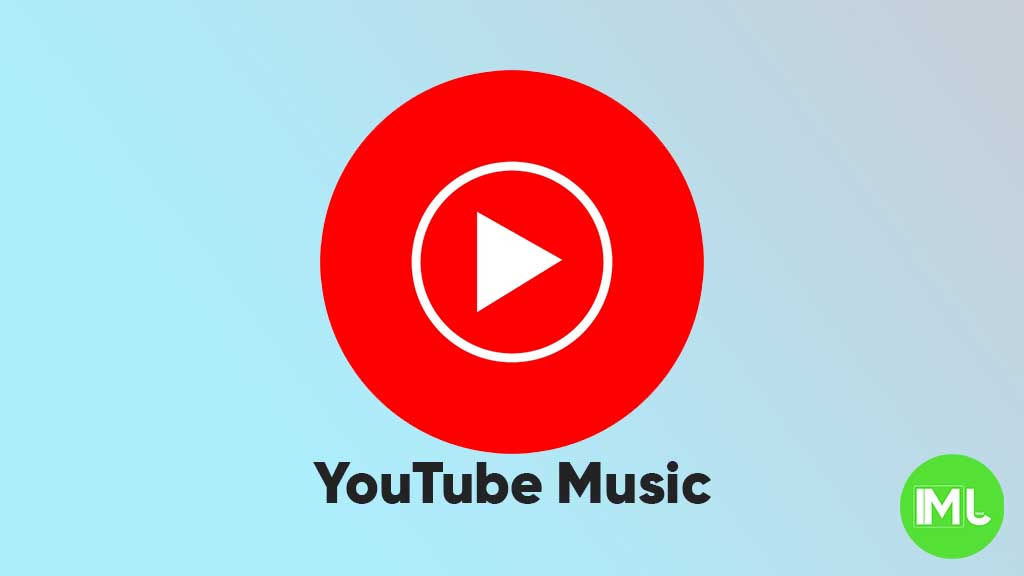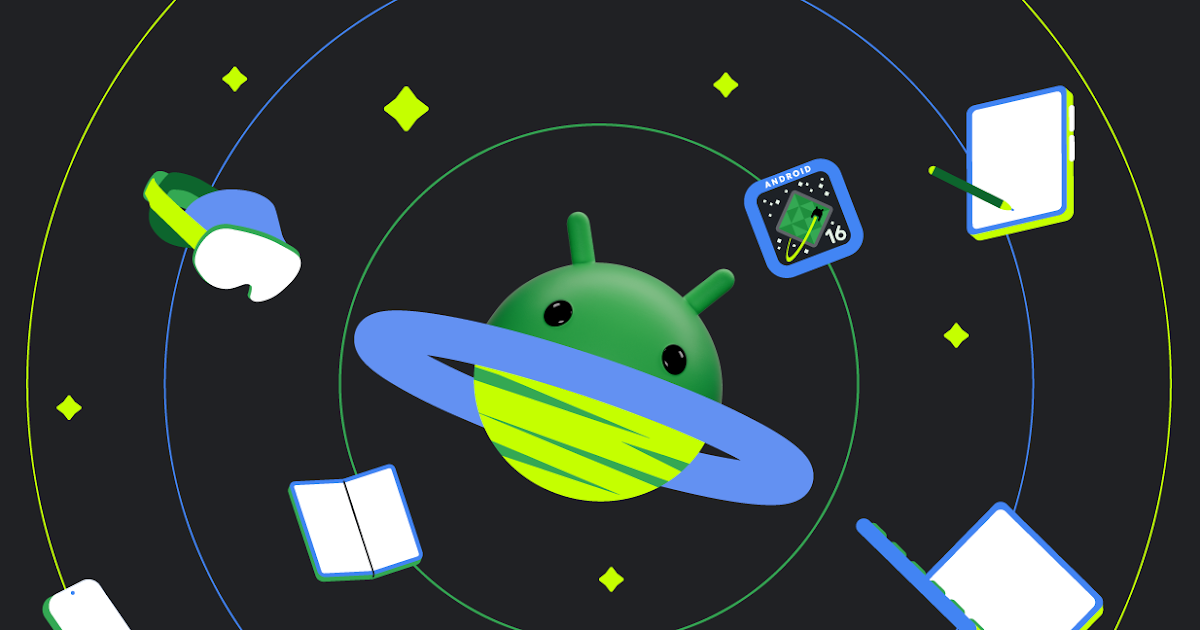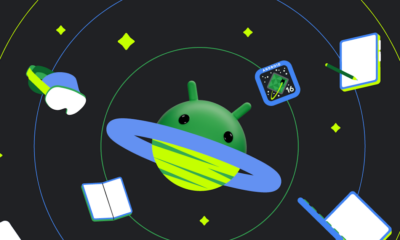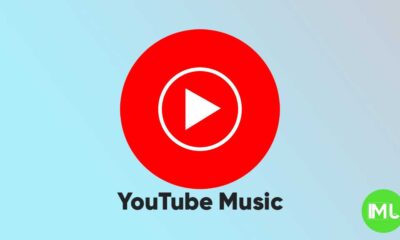Google Home to introduce ‘Vacation Mode’ and improved matter device support, while Google TV rebrands free channels as ‘Freeplay’

Top 3 Key Points:
- Google Home is adding a new “Vacation Mode” feature for smart home control.
- Improved Matter support will allow pairing devices set up elsewhere.
- Google TV rebrands its free channels as “Freeplay” with more channels available.
Google is enhancing its smart home ecosystem with new features in the Google Home app, including a potential “Vacation Mode” and expanded support for Matter devices. These improvements come as part of ongoing updates following the app’s major redesign in 2022.
Vacation Mode in Google Home App
A new “Vacation Mode” is being developed for the Google Home app, joining the existing “Home” and “Away” modes. Although details are still scarce, this mode could mimic features seen in other smart home systems. Typically, vacation modes are designed to make it appear like someone is at home when they are not, by doing things like turning lights on and off at random intervals. The addition of a date icon suggests a scheduling feature, but it’s unclear what devices this will support or how it will function.
Improved Matter Device Support
Google Home is also working on a better integration for Matter devices. Currently, Matter devices need to be set up through the Google Home app for full control. However, the new update will allow users to pair Matter devices that were originally configured through other platforms. This would make it easier for users to control smart devices from multiple apps without reconfiguring everything. Though this feature isn’t live yet, it hints at a more flexible approach to smart home management.
Google TV: Free Channels Rebranded as “Freeplay”
In addition to the updates to Google Home, Google TV is rolling out a rebranding of its free, ad-supported TV channels. Now called “Freeplay,” these channels were first introduced in early 2023 with about 80 channels, and as of September 2024, there are 150 channels available. Google TV devices like Chromecast and TVs from brands like TCL and Hisense will now show the “Freeplay” branding under the “Live” tab for U.S. users. While this change doesn’t affect the functionality, it opens the door for integrating other types of free content, such as on-demand movies from YouTube, in the future.
Google’s consistent updates to its smart home and entertainment platforms show its commitment to improving user experiences. Although no official release date has been confirmed for these new features, they are part of Google’s efforts to streamline smart home management and enhance entertainment options.
YouTube Music adds new feature to keep song volume steady

YouTube Music is rolling out a new feature called “Stable volume” to make your listening experience better. This option helps keep the sound level the same across all songs, so you won’t have to turn the volume up or down when switching tracks.
Sometimes, songs are louder or softer depending on how they were made. This new feature fixes that by adjusting each track so that all music plays at a similar volume. It’s especially useful when you’re using headphones or listening in the car.
You can find this option in the YouTube Music app by going to Settings > Playback & restrictions, where you’ll see a switch for “Stable volume.” It works for both free and Premium users, and it’s now appearing on Android devices (version 7.07 or later). iOS support may come soon, but it’s not available yet.
This is a welcome update, as many streaming apps like Spotify and Apple Music already have similar volume balancing tools. It helps make playlists and albums sound smoother and more enjoyable without constant volume changes.
So far, the feature is being released in stages, so you might not see it right away, but it should show up soon for everyone.
Android
Android 16 beta adds battery health info, Pixel Fold gets better at detecting opens and closes

Google has released the Android 16 Beta 1 update for Pixel phones, and it brings some helpful new features. One of the key additions is battery health information, which is now available in the settings. Pixel users can now see the battery’s manufacturing date, charge cycles, and overall health score. This can help people understand how well their battery is holding up over time. While this feature is currently hidden under developer options, it might be fully added in a future update.
At the same time, Google is also working to improve the Pixel Fold. With Android 16 Beta 1, there’s a new system that better detects when the phone is opened or closed. This new method uses the hinge angle to more accurately understand the device’s position. Unlike older systems that could be affected by software bugs or slow response times, this new one seems to be more reliable and faster.
These changes are important for people who use foldable phones like the Pixel Fold, as better hinge detection can lead to smoother app transitions and fewer bugs. And for all Pixel users, having detailed battery info can help with managing phone performance and deciding when it’s time for a battery replacement.
Overall, Android 16 Beta 1 focuses on giving users more control and smoother experiences, especially for those with foldables.
Android
Android 16 could bring colorful always-on display to Pixel phones

Google is working on Android 16, and it looks like the update could bring more color to the always-on display (AOD) feature on Pixel phones. Right now, the AOD mostly shows white text on a black screen. But a new setting found in the Android 16 Developer Preview hints at the ability to add colors to this display.
The new feature is called “AOD Preview,” and it includes a switch labeled “Color AOD.” While this setting doesn’t work yet, it suggests that Google might be planning to show colorful content even when the screen is in low-power mode.
This change could make AOD look more lively, maybe by adding color to the clock, notifications, or wallpaper. So far, it’s not clear exactly what will change or how customizable it will be, but the feature seems to be in early testing.
Samsung already has more colorful AOD options on its Galaxy devices, so this update could help Pixel phones catch up. Google often introduces new features first on Pixel devices before making them available to other Android phones.
Android 16 is still being developed, and many features are not ready yet. But if Color AOD becomes part of the final release, Pixel users could get a more vibrant and useful always-on display in the near future.
-

 Apps1 year ago
Apps1 year agoGboard Proofread feature will support selected text
-

 News1 year ago
News1 year agoSamsung USA crafting One UI 6.1.1
-

 News1 year ago
News1 year agoBreaking: Samsung Galaxy S22 may get Galaxy AI features
-

 News1 year ago
News1 year agoSamsung Galaxy S23 Ultra with One UI 6.1 and all S24 AI features revealed
-

 News1 year ago
News1 year agoOne UI 6.1 Auracast (Bluetooth LE Audio) feature coming to many Samsung phones
-

 News1 year ago
News1 year agoSatellite SOS feature coming to Google Pixel phones, evidence leaked
-

 Apps11 months ago
Apps11 months agoGoogle’s fancy new Weather app is finally available for more Android phones
-

 News1 year ago
News1 year agoGoogle Pixel evolves as Europe’s third best selling flagship






